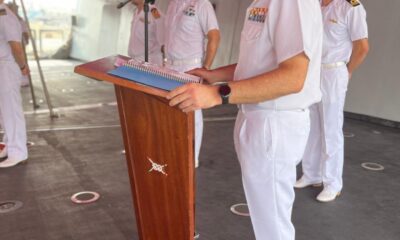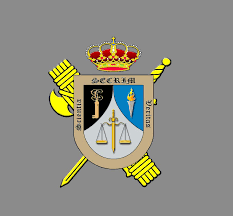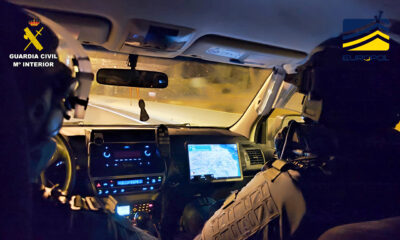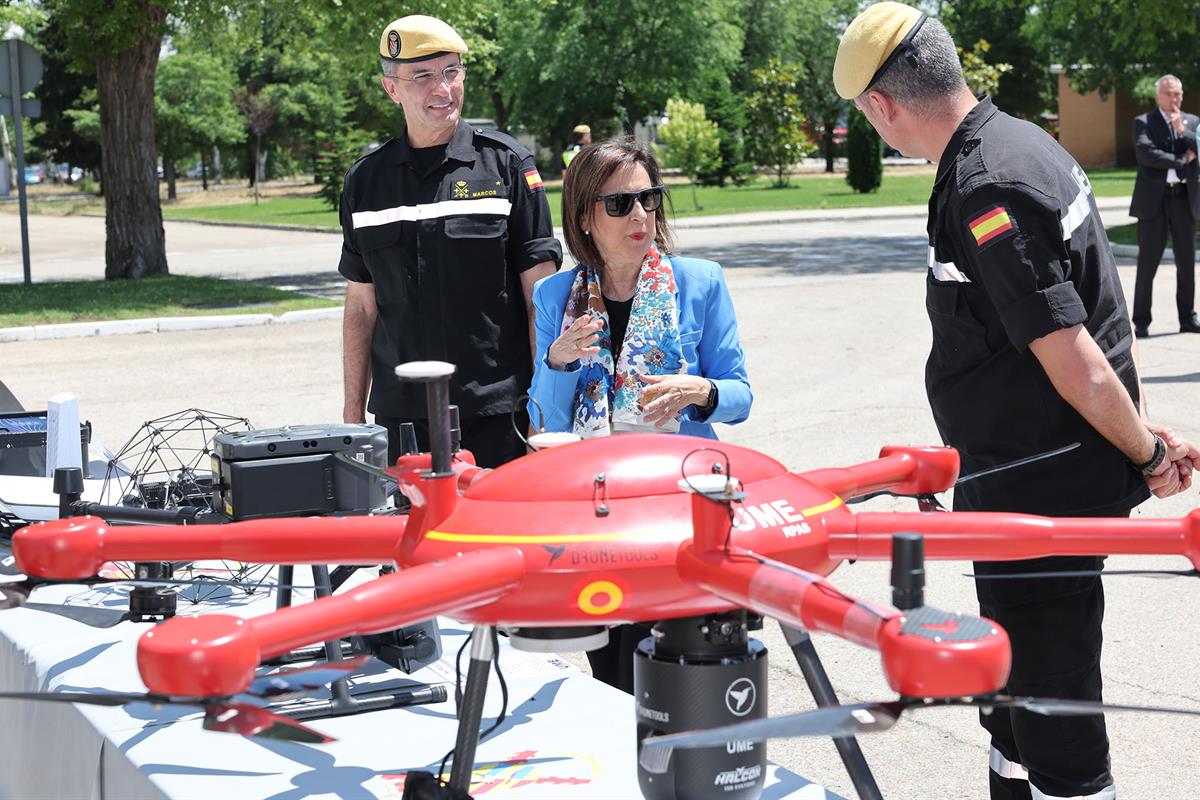
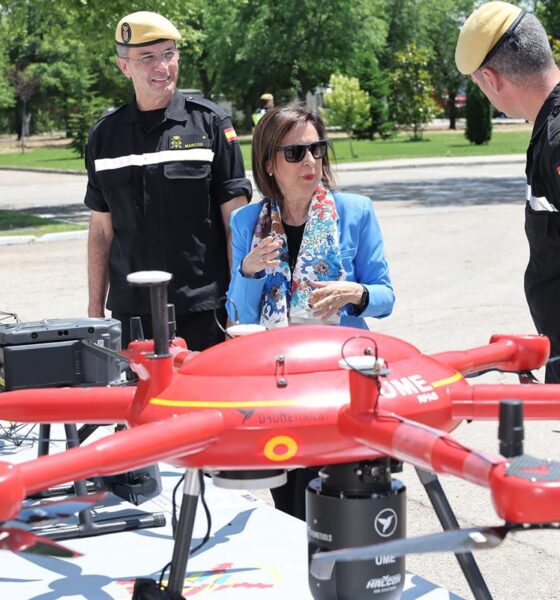
News
The Military Emergency Unit presents its 2024 Forest Fire Fighting campaign
The Military Emergency Unit (UME) has presented its annual campaign to Fight Forest Fires (LCIF), active from June 1 to September 30, at the Torrejón Air Base with the assistance of the Minister of Defence, who praised the preparation and continuous improvement of its men and women.
“The UME gives a very special peace of mind, and is a source of satisfaction for everyone. Along with the exceptional professionalism is the human factor, which is why it is so well received and expected,” said Robles, who has included in this exceptional work the amphibious planes of Group 43 and the Army helicopters.
“It is a perfectly coordinated task that the three do and always with all the emergency mechanisms of the autonomous communities,” highlighted the minister, who has stressed the importance of the investment so that these units can be well equipped in an emergency.
This year, the UME faces the campaign with a series of improvements that will increase the security and mobility of the battalions involved, as well as an improvement in technological capabilities, particularly in command management and synergies with all the autonomous communities, according to the head of the unit, Lieutenant General Javier Marcos.
General Marcos has assessed that the probability of intervention this summer in extinguishing fires “is moderate, after the change in the forecast in the last 20 days as a result of the rains and the drop in temperatures.” However, the most worrying area would be Levante, Murcia and the Canary Islands, and from August onwards there would also be the area of Castilla y León and Galicia, above all.
According to official data, as of April 30 of this year, a total of 771 fires have been recorded, with 16,201 hectares of forest area affected, well below the average of the last 10 years. The UME has intervened in two fires, one in Cádiz and another in Alicante.
Improved Technology
Among this year’s novelties, a teleoperated automotive machine stands out, a ground drone that the UME has just acquired and that allows direct and indirect attack tasks to be carried out in support of the crews, improving their security. In addition, it complements the work of bulldozer-type engineering machines.
Another novelty for this campaign is the improvement of telecommunications systems which, with the increase in data transmission capacity via satellite and the supply of Starlink terminals, will allow a substantial improvement in the transmission of data and images.
In addition, Tetrapol’s communication capacity will be improved, which will improve communications and positioning of personnel and the use of Intervention Vehicles in Contaminated Areas (VINTAC) is contemplated in defence of critical or sensitive points, as long as access allows it.
The UME has 31 intervention sections ready for direct attack (1,400 troops) and another 1,500 more involved in support tasks. In addition to their usual locations, detachments will be activated in Mallorca, Menorca and Ibiza.
For its part, Group 43 of the Air and Space Force will work with 10 Canadair firefighting aircraft divided into 8 detachments, deploying in a staggered manner in Zaragoza, Pollensa (Mallorca), Santiago de Compostela, Salamanca, Málaga, Badajoz and Torrejón de Ardoz.
The Emergency Helicopter Battalion (BHELEME II) of the Army will provide two HU-26 and two HU-27, which will operate from its bases in Colmenar Viejo (Madrid) and Bétera (Valencia).
The UME is also prepared to intervene in missions abroad through requests from United Nations organisations (OCHA), the European Union (RescEU Civil Protection Mechanism) or some bilateral cooperation and mutual assistance agreement.












